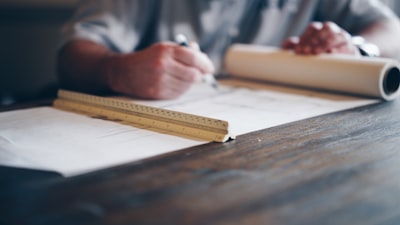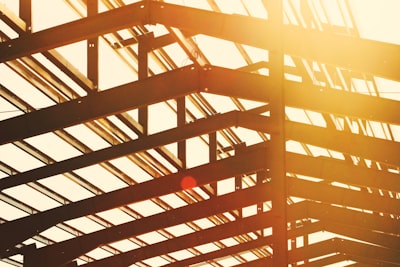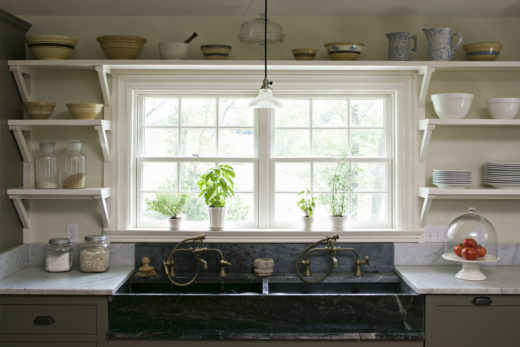Building a home is a huge undertaking. The process involves many different phases, such as the plumbing, the exterior finishes, the heating, ventilation, and air conditioning (HVAC), and the sinks for the bathrooms. Overall, the homebuilding journey can be broken down into five phases: planning and designing, acquiring permits and financing, foundation and framing, finishes, and occupancy. Below, you’ll learn more about these phases and what they entail throughout your home build.
Planning and Designing

The first step in building a home is to plan and design it. This includes deciding on the layout of the home, the materials to be used, and the finishes. It is important to have a clear idea of what you want before starting to build, as changes made during construction can be expensive and time-consuming. For example, this is the phase in which you should choose the sinks for bathrooms. You can browse the latest styles for sinks and faucets to figure out what works best for your interior design style. Look into vessel sinks and pedestal sinks to compare what works best in your home.
Acquiring Permits and Financing
The second step is to acquire the necessary permits and financing. A building permit is required in most cases, and the financing needs to be in place before construction can begin. A building permit is required for most construction projects, and it is important to make sure that all the necessary documents are obtained before starting any construction on the property. The process of obtaining a building permit can be lengthy, so you will want to start the process as soon as possible. Financing a home build can be a challenge, but there are a number of options available. One option is to secure a construction loan, which is a short-term loan specifically for home construction. Construction loans typically have a higher interest rate than traditional mortgages, but they can be a great option for people who don’t have the cash to pay for the entire project up front.
Foundation and Framing

The third step is to build the foundation and framing. This involves digging the foundation, putting in the plumbing and wiring, and framing the walls and roof. Well-constructed foundation and framing will ensure a stable and durable home. The foundation is typically constructed using concrete or concrete blocks. The most essential part of the foundation is ensuring that it is level and stable. The foundation should also be watertight, so that any water that accumulates will not damage the home.
Adding Finishes
The fourth step is to finish the home. This includes installing the flooring, walls, ceilings, windows, and doors, and installing the plumbing and electrical systems. This phase should not be rushed. Taking the time to do this correctly will ensure that the home is finished to your standards and is safe and comfortable to live in. The first step in this process is usually to install the flooring. After the flooring is installed, you can move on to finishing the walls. Again, there are many options to choose from, such as drywall, paneling, or wainscoting for specific rooms. Windows and doors are added once the walls are up.
Finally, plumbing and electrical systems are put in place.
Occupying the Home

The last step is to move into the home. Once the finishes are complete, the home is ready for occupancy. There are a few things you’ll need to do before you can move in. Be sure to have the keys to the home and the garage, and check to make sure all the appliances and fixtures are working properly. If everything looks good, you’re ready to move in!
Once you’re all settled, it’s time to enjoy your new build. Relax in your new backyard, or entertain guests for a housewarming party. There’s no better feeling than moving into your new home and making it your own. Congratulations.



